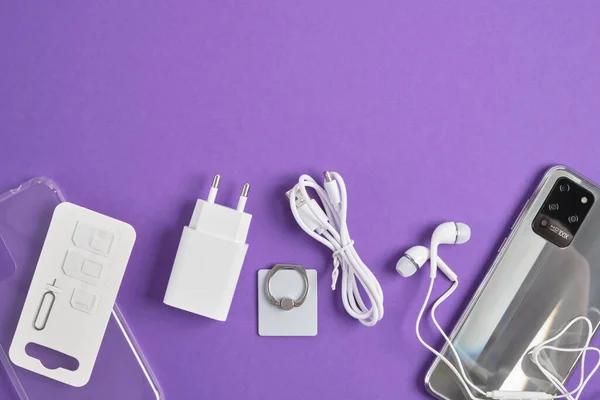Achieving clearer voiceover quality requires a solid understanding of audio dimensions, which are the fundamental characteristics that influence how sound is captured, processed, and ultimately perceived. These dimensions include sample rate, bit depth, dynamic range, and frequency response. Each plays a crucial role in determining the clarity and fidelity of recorded voiceovers. The sample rate refers to how many times per second an audio signal is measured during recording or playback. Commonly expressed in kilohertz (kHz), higher sample rates capture more detail by sampling the sound wave more frequently. For professional voiceovers, 44.1 kHz or 48 kHz are standard choices because they provide sufficient resolution without creating unnecessarily large file sizes.
Bit depth defines how much information is stored for each audio sample and directly affects the dynamic range-the difference between the quietest and loudest sounds that can be accurately represented. A higher bit depth allows for finer gradations in volume levels, reducing noise and distortion during quieter passages while preserving louder moments with clarity. Typical bit depths used in voiceover work are 16-bit or 24-bit; opting for 24-bit ensures better headroom for post-processing without degrading quality.
Dynamic range itself is vital for capturing natural speech nuances since human voices fluctuate considerably in loudness throughout a performance. Maintaining an appropriate dynamic range prevents unwanted clipping-distortion caused when signals exceed maximum levels-and avoids overly compressed recordings that linking sound waves to emotional perception flat or lifeless. Proper microphone technique combined with suitable preamp settings helps manage dynamics effectively before digital conversion.
Frequency response relates to the spectrum of audible frequencies captured by recording equipment and reproduced during playback. Human speech primarily occupies frequencies between roughly 85 Hz to 255 Hz for pitch fundamentals but contains important harmonics up to around 8 kHz that contribute to intelligibility and tone color. Microphones designed specifically for voiceover tend to have tailored frequency responses emphasizing midrange clarity while minimizing low-frequency rumble or high-frequency sibilance.
Understanding room acoustics also influences perceived audio dimensions because reflected sounds can muddy recordings if untreated surfaces cause excessive reverberation or echoes. Using acoustic panels or positioning microphones strategically reduces these issues by controlling reflections within the recording environment.
Finally, proper monitoring through quality headphones or studio monitors ensures accurate assessment of all these factors during both recording and editing stages so adjustments can be made promptly.
Mastering these audio dimensions empowers voiceover artists and engineers alike to produce crisp, natural-sounding recordings that communicate clearly across various platforms from radio commercials to audiobooks without sacrificing nuance or warmth inherent in human speech delivery.




